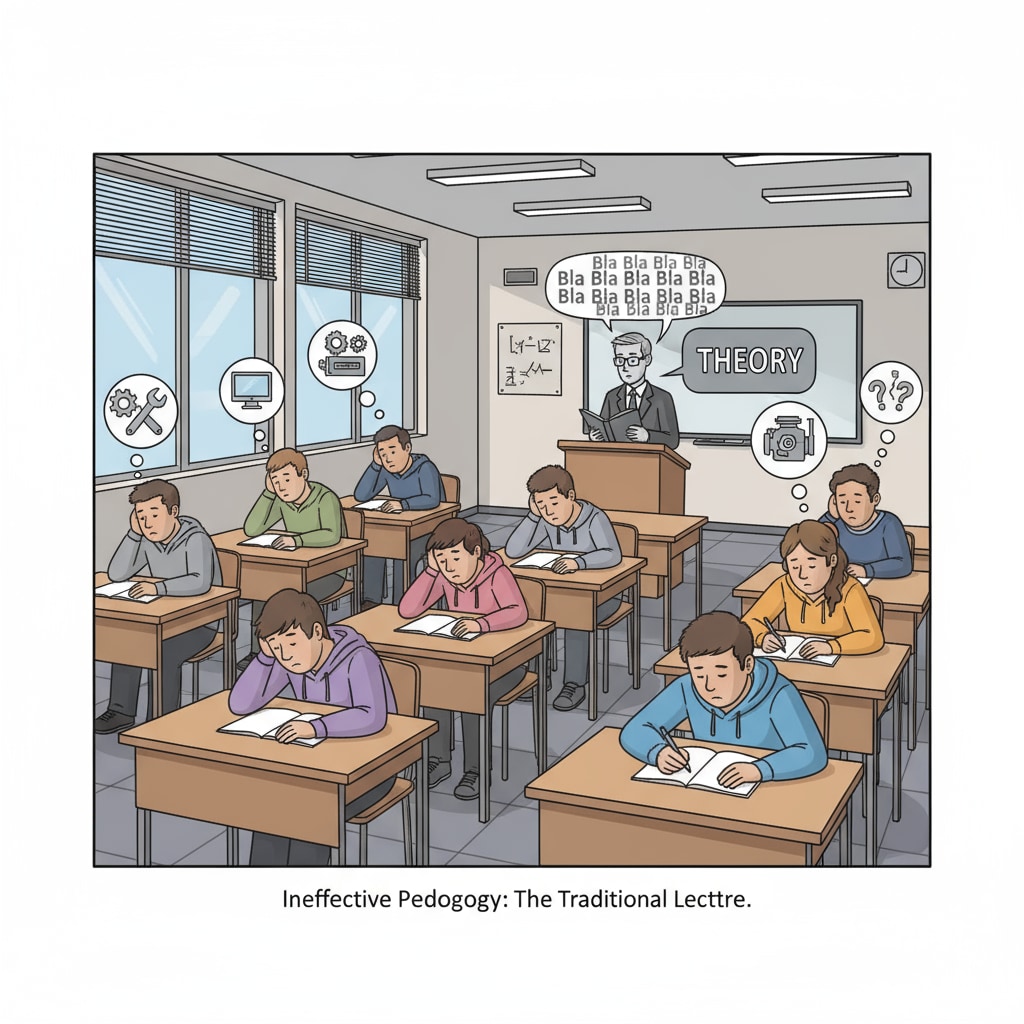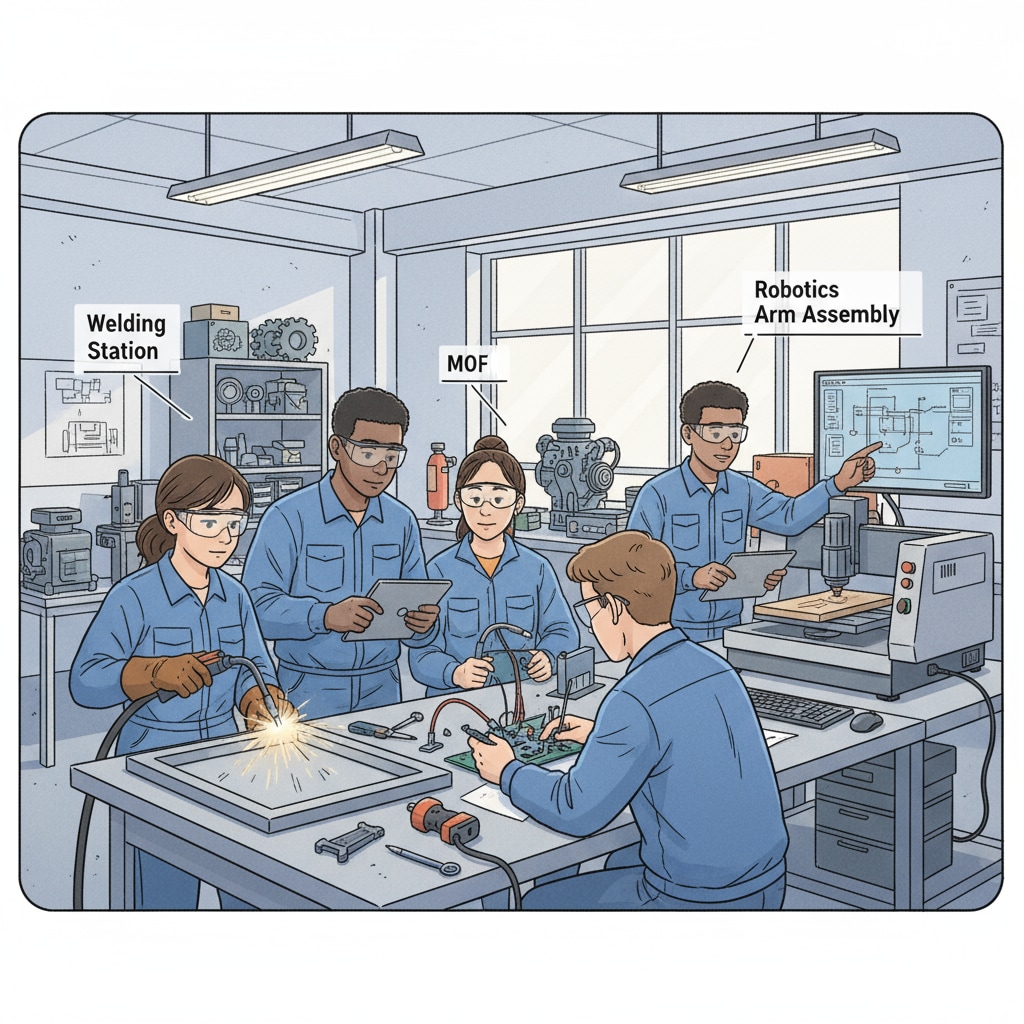In the realm of vocational education, teaching methodology, course objectives, vocational schools, and assessment methods are crucial elements that interact to shape students’ learning outcomes. However, when teachers in vocational schools lack knowledge of teaching methods, it can have far-reaching implications for students’ educational experiences and future prospects.

The Significance of Sound Teaching Methodology in Vocational Schools
Effective teaching methodology serves as the cornerstone of successful learning in vocational schools. It enables teachers to present complex vocational concepts in an accessible manner. For example, a well-planned hands-on teaching approach can help students in a culinary vocational program better understand cooking techniques. According to Wikipedia’s page on Vocational Education, vocational education aims to equip students with practical skills, and appropriate teaching methods are essential for achieving this goal. Without a solid grasp of teaching methods, teachers may struggle to engage students and facilitate their learning process.
The Link between Course Objectives and Teaching Methodology
Course objectives in vocational schools define what students are expected to learn. A clear alignment between course objectives and teaching methodology is vital. If the objective is for students in an automotive vocational course to master engine repair, the teaching method should include real-world examples, practical workshops, and demonstrations. As stated in Britannica’s entry on Education, educational goals should drive the choice of teaching strategies. When teachers lack knowledge of teaching methods, they may fail to design instruction that effectively addresses the course objectives, leaving students confused about what they need to achieve.

The absence of proper teaching methodology knowledge also affects assessment methods in vocational schools. Assessment is not just about grading but also about providing feedback to improve learning. Teachers with limited teaching method knowledge may rely on traditional written tests, overlooking the practical skills and competencies that are the focus of vocational education. This can lead to an inaccurate evaluation of students’ capabilities. For instance, in a beauty vocational course, a written test may not accurately reflect a student’s ability to perform hairstyling techniques. Therefore, a comprehensive understanding of teaching methods is necessary to develop appropriate assessment tools.
In conclusion, teaching methodology, course objectives, vocational schools, and assessment methods are intertwined. Teachers in vocational schools need to enhance their knowledge of teaching methods to unlock students’ learning potential. By doing so, they can ensure that students receive a quality vocational education that prepares them well for their future careers.
Readability guidance: Short paragraphs and lists are used to summarize key points. Each H2 has a list where possible. The proportion of passive voice and long sentences is controlled, and transition words are added throughout the text.


